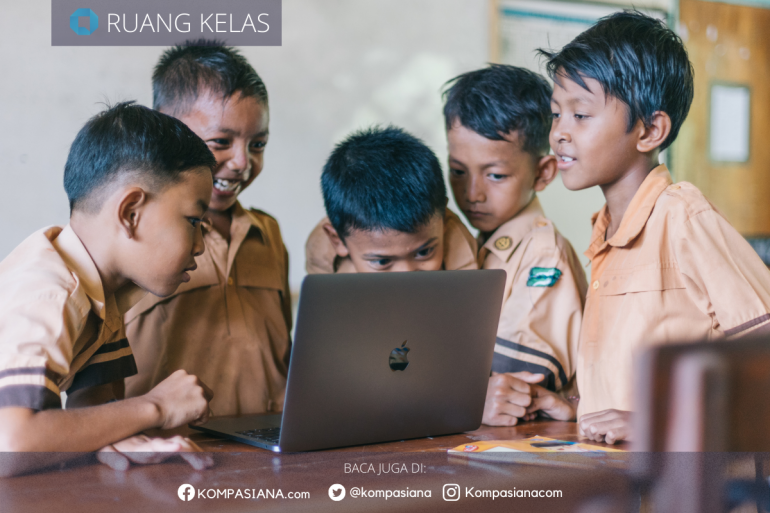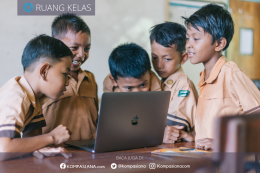Vaccine Hesitancy and Misinformation: Vaccine hesitancy, fueled by misinformation and mistrust, emerged as a barrier to achieving high vaccination coverage, necessitating targeted communication campaigns and community engagement.
Equitable Distribution: Disparities in vaccine access and uptake highlighted the importance of equity in distribution, addressing socio-economic factors, accessibility barriers, and prioritizing vulnerable populations.
Vaccine Effectiveness Monitoring:Ongoing surveillance and monitoring of vaccine effectiveness, breakthrough infections, and variants of concern informed public health strategies, booster dose recommendations, and vaccine development efforts.
By examining breakthroughs in vaccine development, regulatory processes, distribution challenges, and strategies to address vaccine hesitancy, we gain insights into the complexities of global vaccination efforts and the ongoing journey toward achieving widespread immunity against COVID-19.
Economic Impact and Recovery Efforts
The COVID-19 pandemic triggered a profound economic downturn, impacting businesses, industries, employment, and global financial markets. This section analyzes the economic fallout due to COVID-19 and explores strategies for economic recovery and rebuilding post-pandemic.
A. Analysis of the Economic Fallout Due to COVID-19
Business Disruptions and Closures: Lockdowns, supply chain disruptions, and reduced consumer demand led to business closures, particularly in sectors like hospitality, travel, and small businesses.
-
Unemployment and Job Losses: Millions of individuals worldwide faced unemployment, reduced work hours, and financial instability, exacerbating socio-economic inequalities and poverty rates.
Financial Market Volatility: Stock market fluctuations, currency devaluations, and investor uncertainty characterized the volatile financial landscape during the pandemic, impacting investments and capital flows.
Government Stimulus and Support:Governments implemented stimulus packages, financial assistance programs, and job retention schemes to mitigate the economic impact, support businesses, and stabilize economies.







